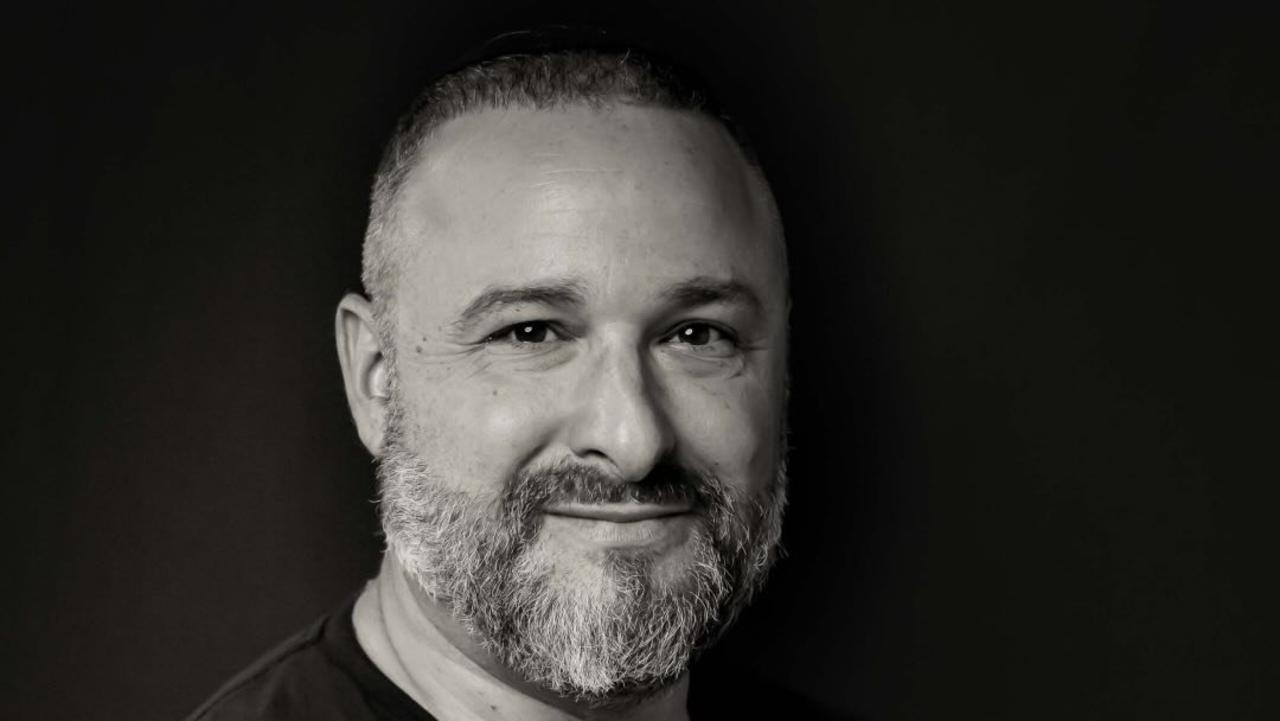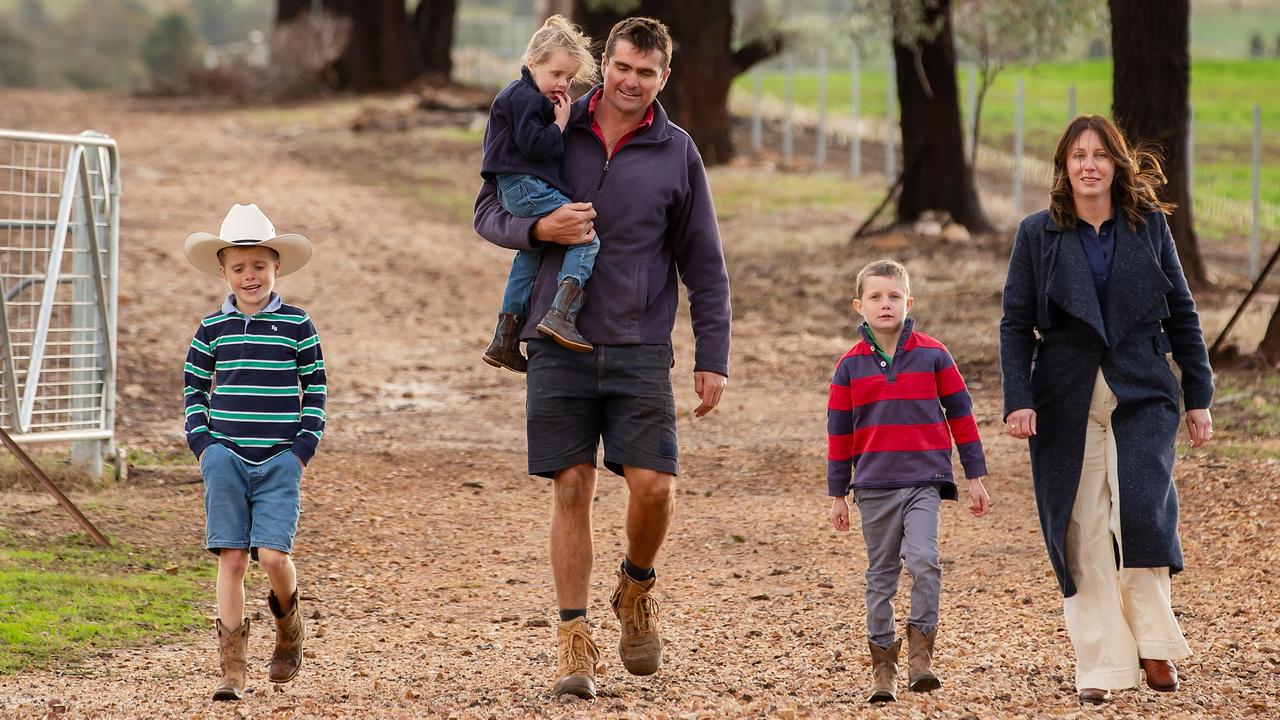Queensland election: Green targets at risk as hydro-electric projects in limbo
Queensland is on track to miss its legislated renewable and emissions reduction targets, with critical pumped hydro projects behind schedule, yet to secure environmental approvals and facing multibillion-dollar cost blowouts.

Queensland is on track to miss its legislated renewable and emissions reduction targets, with the critical pumped hydro projects behind schedule, yet to secure environmental approvals and facing multibillion-dollar cost blowouts.
The two proposed mega pumped hydro projects – Borumba and Pioneer-Burdekin – are the centrepiece of the state’s planned transition from its reliance on coal-fired electricity to renewables.
An analysis of publicly available and leaked government documents reveals an estimated 18 months of “exploratory works” at Borumba, near Gympie, were initially scheduled to finish this month but the bulk of the work is still waiting on commonwealth environmental approvals to begin.
Multiple sources with knowledge of the Queensland Hydro projects told The Australian that Borumba is well behind in its development schedule.
A final state investment decision on the Pioneer-Burdekin project – the world’s biggest-ever proposed pumped hydro scheme – was due to be signed off by cabinet in June, but was delayed by the ongoing absence of a “detailed analytical report” to be prepared by state-owned company Queensland Hydro.
Both projects are deemed crucial to providing a combined 7GW in grid-scale storage capacity, and certainty of power for up to 24 hours, as Queensland moves to its legislated targets of 50 per cent statewide renewable generation by 2030 and 80 per cent by 2035.
The Palaszczuk-Miles Labor government and Liberal National Party opposition, who face voters at the state election on Saturday, together passed legislation in April setting a target to slash 75 per cent of carbon emissions within a decade.
Government documents show the transition plan’s “optimal infrastructure pathway requires deployment of 2GW of long-duration storage at Borumba in 2030 and additional deployments of 2.5GW each at Pioneer-Burdekin in 2032 and 2035”.
Both parties support the construction of the $14.2bn Borumba pumped hydro scheme, near Gympie.
But the LNP announced this year that, if elected, it would not go ahead with the Pioneer-Burdekin project, near Mackay, and would repeal the state’s renewable target.
Slated to open in two stages, 2032 and 2035, Pioneer-Burdekin is still undergoing geotechnical survey work, financial modelling, and flora and fauna studies to prepare applications for environmental approvals.
Premier Steven Miles this year conceded an initial $12bn estimate for Pioneer-Burdekin had blown out: with Energy Department director-general Paul Martyn telling a budget estimates hearing in July it could cost up to $24bn.
Sources who have worked on the project told The Australian the figure could end up being even higher.
Under the Labor plan, the five state-owned coal-fired electricity generators would be progressively retired by 2035, although LNP leader David Crisafulli declared in the campaign that the power stations would be kept open indefinitely “whilst they are needed to form part of the mix of affordable, reliable and sustainable electricity”.
Mr Crisafulli’s plans to build smaller pumped hydro projects to replace Labor’s Pioneer-Burdekin mega scheme and meet the state’s baseload power needs is still missing detail on cost, locations, timelines and private proponents.
A Queensland Hydro study, which informed the Palaszczuk-Miles government’s 2022 selection of the two pumped hydro projects, said both were close to transmission lines.
“Other sites are not likely to be delivered in this time frame, which would impact achievements of Queensland’s renewable target and emissions reductions goals,’’ the study said.
The tight deadline of delivering both projects – involving the world’s biggest pumped hydro scheme – was also highlighted in the study.
“PHES facilities are large-scale projects which generally take seven to 10 years to develop, and involve significant construction activity over several years,’’ the study found.
The NSW Snowy 2.0 hydro project – which will have less than half the storage capacity of that proposed at Pioneer-Burdekin – was initially projected to cost $2bn and be completed in 2021. But it is now expected to cost $12bn and start commercial operations in 2028.
Documents from a stakeholder reference group pesentation, published on Queensland Hydro’s website, in November 2022 – two months after the project was announced as part of the government’s path to meeting its emissions reduction and renewable targets – show environmental approvals for “exploratory works” would be completed in 2022 and 2023, and the actual work would be finished by this month.
The work involves exploratory drilling, geotechnical investigations, temporary water infrastructure and the construction of workers’ camps and roads.
Stakeholder documents, published a year later on the Queensland Hydro website, show the timeline was revised and exploratory work would be under way between 2023 and late 2025.
But the federal government’s website on the progress of applications under the Environment Protection and Biodiversity Conservation Act reveal that an application for approval for the exploratory work was only made in March 2023.
The EPBC Act public portal shows the federal assessment of the exploratory works is still in progress and no approvals have been given.
The stakeholder documents, which appeared on the Queensland Hydro website every few months since September 2022, stopped being published in May this year.
In the May document, Queensland Hydro said it expected the federal environmental approvals would be given in the third quarter of 2024 and work would begin in the last quarter of the year.
But the approvals are still pending.
Queensland Hydro documents show construction of the lower dam will take four years, and six years for the upper dam.
It also estimated that it could take around 1½ years for the dams to fill enough to operate as a power storage facility.
Mr Miles has acknowledged that if the two pumped hydro projects did not go ahead, Queensland would not be able to meet its environmental targets.
He has said even though the government’s business case, environmental studies and traditional owners consultation process had not been finished for the Pioneer project, it was “much more advanced” than the LNP’s “thought bubble” of smaller pumped hydro projects.
A Queensland Hydro spokesman confirmed Borumba had secured state government approvals but was still seeking EPBC approval, which was a “ detailed and thorough process that ensures environmental impacts of any proposed project are acceptable”.
He said a contract was awarded in September to build the temporary workers’ accommodation camps and was “due to commence imminently”.
“Initial construction will see two camps built to accommodate the immediate needs of the workforce, before the two temporary workers’ accommodation camps will be constructed at the same locations,” he said.
“This staged approach to delivery ensures impacts on the community can be reduced now and into the future as the workforce grows.”
The spokesman said the state-owned company had “reformed” stakeholder reference group meetings and new focus groups has met throughout October.
“The minutes of these groups will be published on Queensland Hydro’s website,” he said.
“Queensland Hydro will complete the detailed analytical report for the proposed Pioneer-Burdekin Project by the end of 2024.”






To join the conversation, please log in. Don't have an account? Register
Join the conversation, you are commenting as Logout